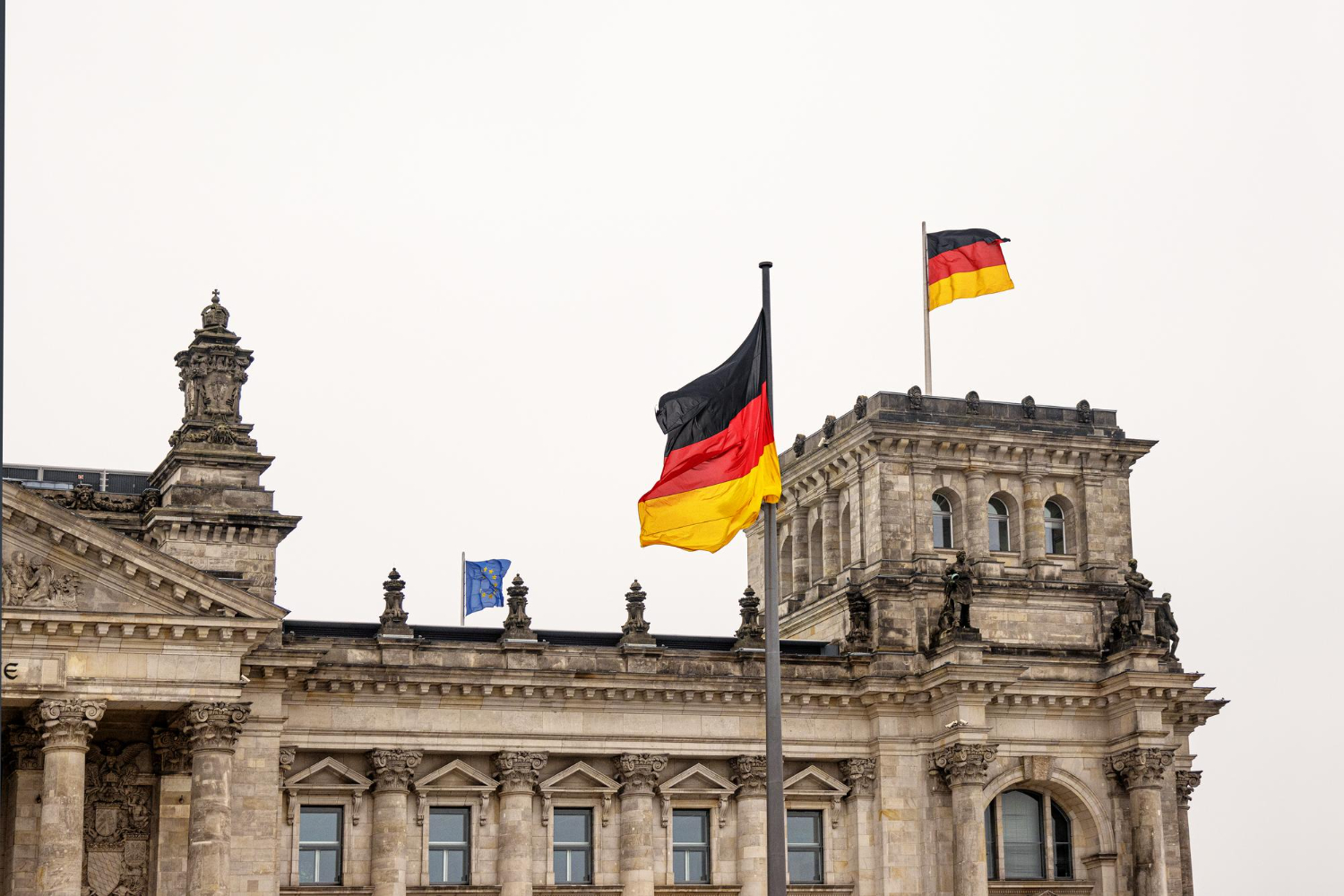The flag of Germany consists of three horizontal stripes in black, red, and gold. These colors have deep historical roots and symbolize unity, freedom, and democracy. The modern design was officially adopted in 1949 after World War II, representing the values of the Federal Republic of Germany. The black-red-gold combination originally appeared in the 19th century during the movement to unify the German states and promote a democratic government.
The flag holds strong national significance and is widely displayed during national holidays, international sports events, and political ceremonies. Unlike some flags that feature symbols or emblems, Germany’s flag is simple yet powerful in its message. It reflects the country’s transformation from a divided past into a unified, democratic society. The colors are a reminder of Germany’s historical journey and its commitment to peace and freedom.

